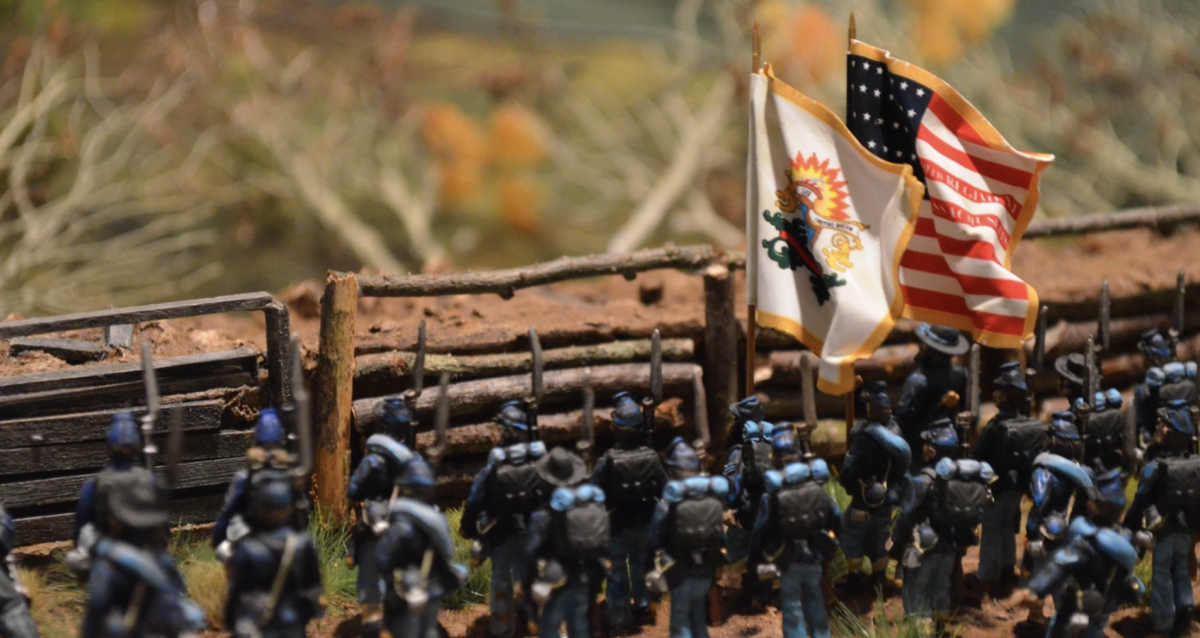In the past several years, the Battle of Franklin Trust has added numerous interpretive signs or markers around the Carter grounds. Click on individual images to enlarge.
Source below (GPT)
The Carter farm and grounds played a crucial role in the Battle of Franklin, which took place on November 30, 1864, during the American Civil War. The farm, owned by the Carter family, was situated south of the town of Franklin, Tennessee, and encompassed strategic positions that became focal points of intense fighting and critical decision-making during the battle.
The Carter house itself, a two-story brick structure, served as a key Confederate command post during the battle. General John Bell Hood, leading the Confederate Army of Tennessee, established his headquarters in the Carter house and used it as a central location to coordinate his forces. The elevated vantage point from the house allowed Hood and his staff to observe the battlefield and issue orders accordingly.
The farm’s open fields and surrounding terrain also became a battleground of immense significance. The Confederate forces, under Hood’s command, launched a series of desperate assaults against the fortified Union positions held by General John M. Schofield. The fighting was fierce and brutal, with Confederate soldiers repeatedly charging across the open ground in an attempt to break the Union lines.
One notable feature of the Carter farm was a simple rail fence that served as a makeshift defensive barrier for the Union troops. Known as the “Cotton Gin Line,” this fence provided some protection for the Union soldiers, who were outnumbered and under intense pressure from the Confederate attacks. The defense of the Carter farm became a focal point of the Union resistance, with soldiers fighting tenaciously to hold their ground.
The Battle of Franklin was one of the deadliest engagements of the Civil War, and the Carter farm witnessed intense violence and loss of life. The strategic significance of the farm and its surroundings, combined with the determination of both Confederate and Union forces, made it a critical focal point of the battle.
Today, the Carter house and the Carter farm are preserved as part of the Carter House State Historic Site in Franklin, Tennessee. Visitors can explore the grounds, tour the historic house, and gain a deeper understanding of the events that unfolded there. The site stands as a testament to the sacrifices made by soldiers on both sides and the enduring legacy of the Battle of Franklin.



















